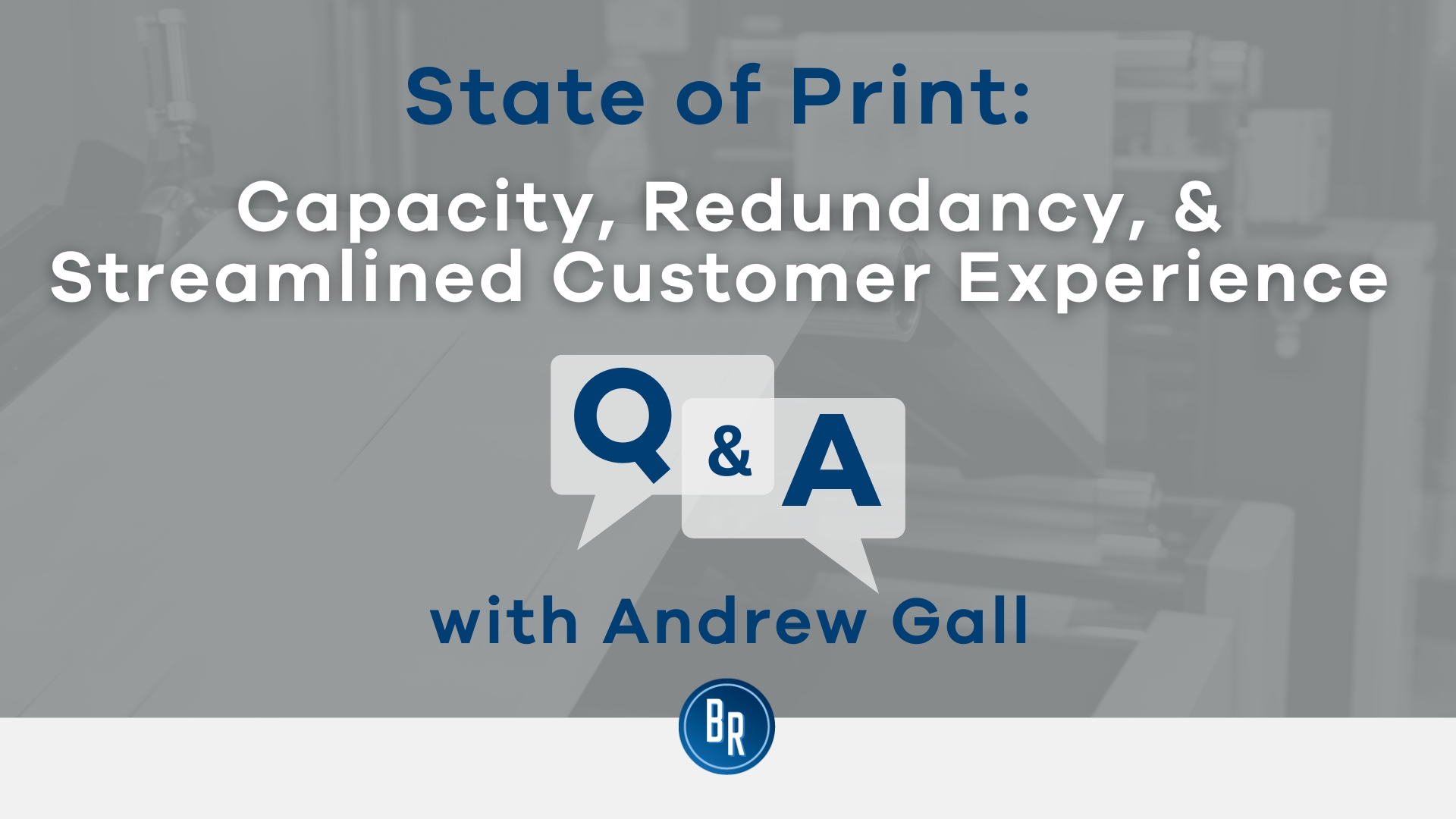Who Pays Redundancy Money? A Thorough Guide for Companies and Employees
Who Pays Redundancy Money? A Thorough Guide for Companies and Employees
Blog Article
Checking Out the Operational Dynamics of Company Redundancy and Its Long-Term Sustainability

Redundancy Strategies for Company Continuity
In order to guarantee undisturbed operations, businesses have to implement efficient redundancy techniques for business continuity. Redundancy in this context refers to the duplication of essential elements or functions within a system to mitigate the influence of prospective failures. By incorporating redundancy strategies, companies can enhance their strength versus interruptions brought on by various aspects such as natural calamities, devices failures, or cyber-attacks.
One typical redundancy approach is the application of backup systems and information storage space solutions. This includes producing matches of crucial information and systems that can be triggered in instance of a key system failure. In addition, companies can establish redundant interaction networks and source of power to maintain connection and procedures throughout unpredicted occasions.
In addition, cross-training workers to perform numerous functions within the company can serve as a valuable redundancy strategy. This ensures that crucial tasks can still be performed even if vital personnel are unavailable as a result of disease or other reasons. Generally, reliable redundancy techniques are crucial for companies to support functional connection and minimize the influence of prospective interruptions.
Influence of Redundancy on Organizational Resilience
Given the important function redundancy methods play in guaranteeing service continuity, checking out the impact of redundancy on business durability comes to be important for comprehending the all natural functional dynamics of a business. Redundancy, when purposefully implemented, can dramatically add to boosting a company's strength in the face of unexpected challenges.
Moreover, redundancy can bolster staff member morale and confidence, knowing that there are contingency plans in position to resolve unexpected situations. This complacency can bring about boosted productivity and an extra favorable workplace. In addition, redundancy can promote technology and creativity within an organization as workers feel empowered to take computed dangers, understanding that there is a security internet to support them in instance of failing. On the whole, the influence of redundancy on business strength is extensive, shaping the long-term sustainability and success of a business.
Stabilizing Efficiency and Versatility in Redundancy
Achieving an unified equilibrium in between functional performance and adaptive versatility is a crucial obstacle in the strategic deployment of redundancy within companies. Effective operations are crucial for maintaining efficiency and cost-effectiveness, guaranteeing that resources are used ideally. Nevertheless, excessive focus on performance alone can cause strength, making it challenging for organizations to adapt to unanticipated adjustments or obstacles. On the other hand, flexibility enables companies to respond nimbly to developing circumstances, cultivating development and resilience. Yet, way too much adaptability without a solid functional foundation can cause ineffectiveness and incongruity.
To balance effectiveness and versatility in redundancy preparation, companies must meticulously analyze their operational requirements, market characteristics, and critical goals. Ultimately, discovering the ideal balance in between efficiency and adaptability is important for developing a sustainable and resilient company in the face of unpredictability.
Long-Term Sustainability With Redundancy Planning
To make certain long-lasting feasibility and security, organizations should strategically straighten their redundancy planning with long-term sustainability objectives, consequently harmonizing functional performance with adaptive adaptability. Firms must check out redundancy not as a responsive solution to prompt troubles however as a positive technique for lasting success.

Proactive Steps for Sustainable Company Workflow
How can firms proactively improve their operational sustainability for lasting success? Carrying out proactive actions is you can find out more crucial for business aiming to ensure lasting operations.
In addition, promoting a society of continual improvement and discovering within the company can boost flexibility to changing market conditions and consumer demands. Encouraging staff member involvement in decision-making processes and supplying possibilities for expert growth can increase spirits, performance, and overall efficiency. Developing clear goals, keeping an eye on crucial performance signs, and routinely assessing development are important components of proactive sustainability management.
Collaborating with vendors, customers, and various other stakeholders to promote sustainable techniques throughout the supply chain can develop a causal sequence of favorable effect - redundancy pay if company goes bust. By taking positive steps towards operational sustainability, business can develop strength, drive advancement, and safeguard their lasting success in an ever-evolving service landscape
Conclusion

In the realm of business management, the critical deployment of company redundancy stands as an essential yet intricate method that necessitates a fragile balance between operational efficiency and long-lasting stability. By exploring the functional dynamics that underpin business redundancy and evaluating its broader effects for organizational resilience and versatility, a nuanced understanding of exactly how read here redundancy approaches can shape the future trajectory of a firm begins to unravel.Offered the critical duty redundancy approaches play in ensuring organization continuity, exploring the influence of redundancy on business resilience ends up being vital for comprehending the holistic functional dynamics of a business. In general, the impact of redundancy on business strength is profound, shaping the long-lasting sustainability and success of a business.
In verdict, comprehending the operational characteristics of business redundancy is crucial view it for making sure long-term sustainability.
Report this page